Simple Steps To Tell If A Snake Is Venomous
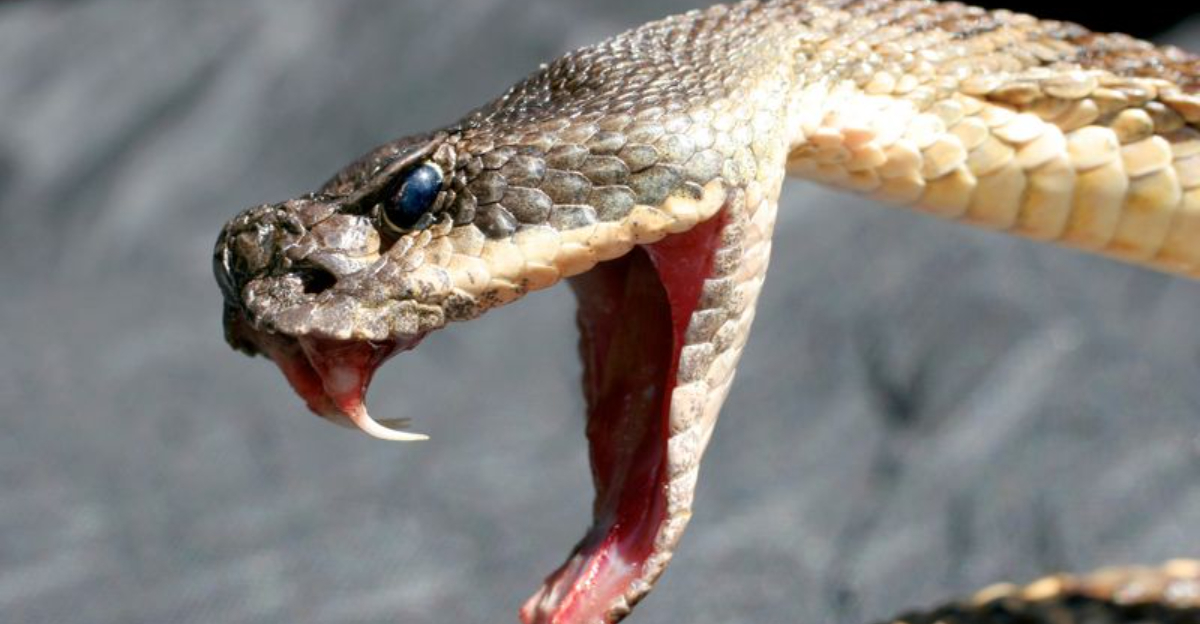
Snakes slither silently, yet their presence can stir fear like no other creature. Knowing whether a snake is venomous is not just useful—it’s essential.
With these 13 simple steps, you can unravel the mysteries of serpents and ensure your safety. Be prepared, be informed, and step into the world of snakes with confidence and curiosity.
1. Step 1: Look For A Triangular Head
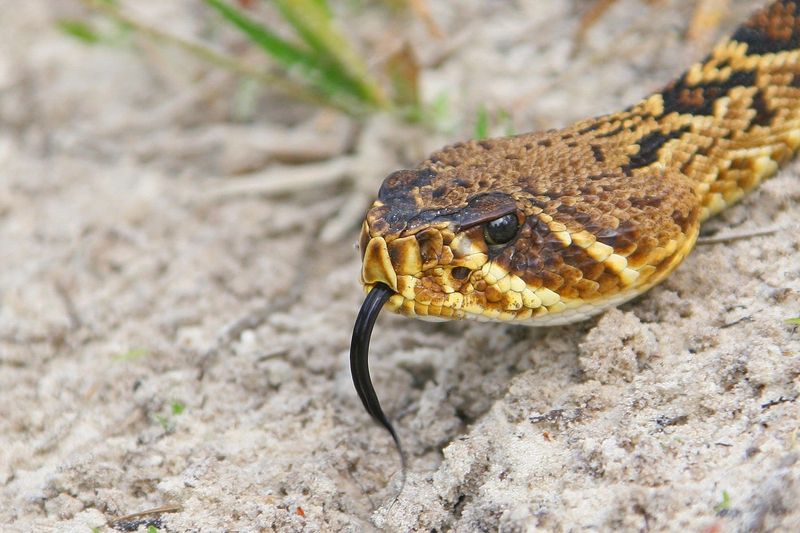
Venomous snakes often sport a triangular-shaped head, a feature that warns of their dangerous potential. This shape is due to their venom glands, which are located behind the eyes.
By observing this defining characteristic, you can start to discern if the snake poses a threat. Approach with caution, using this visual cue as your first line of defense.
2. Step 2: Notice The Eye Shape
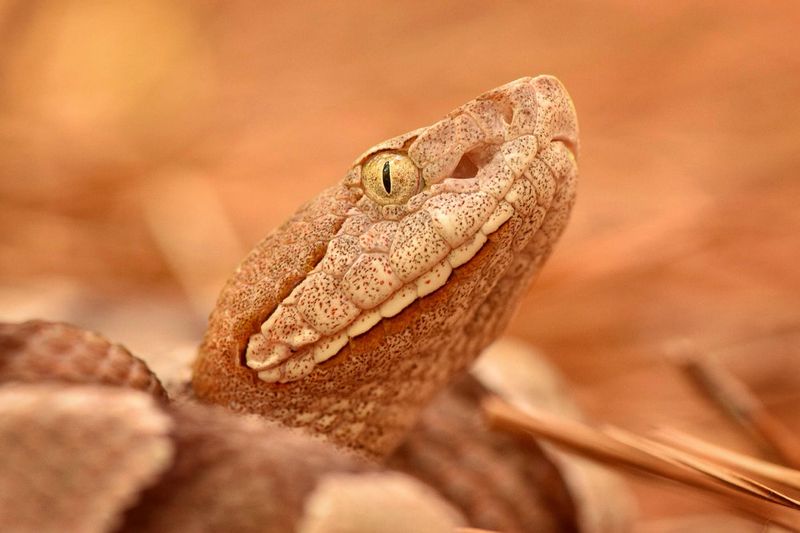
Peek into the eyes of a snake; its pupils can be a telltale sign. Venomous species typically have elliptical, slit-like pupils, similar to a cat’s.
This feature allows them to regulate the amount of light entering their eyes. Remember, while this characteristic is common, exceptions exist. Always combine this with other observations for safer identification.
3. Step 3: Examine The Color Patterns
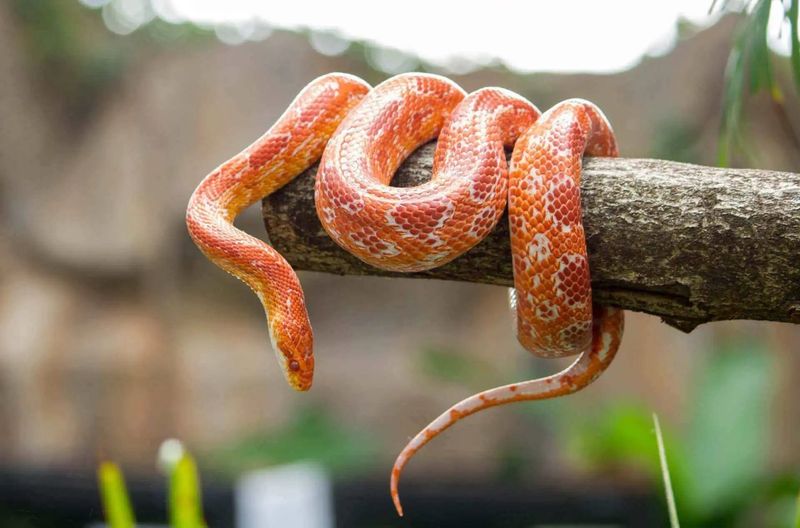
Colorful and intricate patterns can be more than stunning—they may indicate danger. Many venomous snakes have vivid hues and specific arrangements, like the famous red, yellow, and black bands of some species.
While beautiful, these colors serve as a warning. Appreciate from afar and use this as another piece in your identification puzzle.
4. Step 4: Look For A Rattle
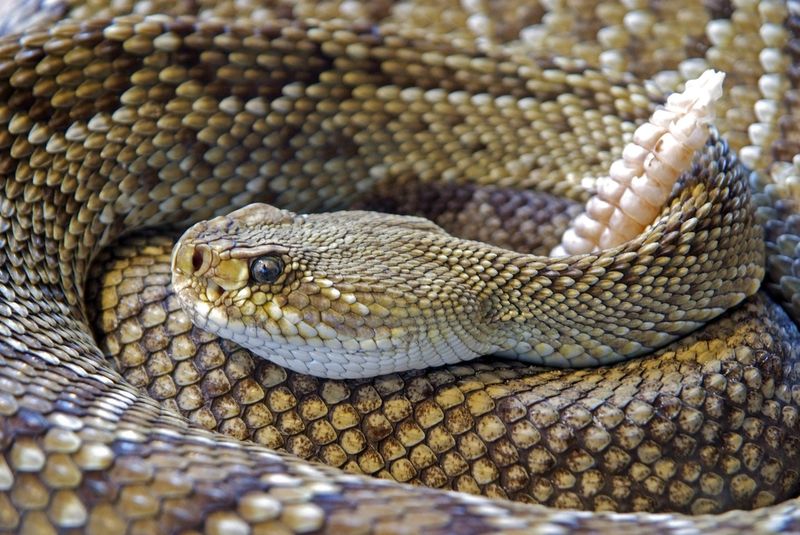
A rattling sound can halt you in your tracks. Rattlesnakes, known for their signature warning noise, use their tails to ward off threats.
This unmistakable sound, like a maraca shake, serves as a natural alarm system. If you hear it, stay alert and give it space. The rattle is a clear indicator of potential danger lurking near.
5. Step 5: Observe The Body Shape
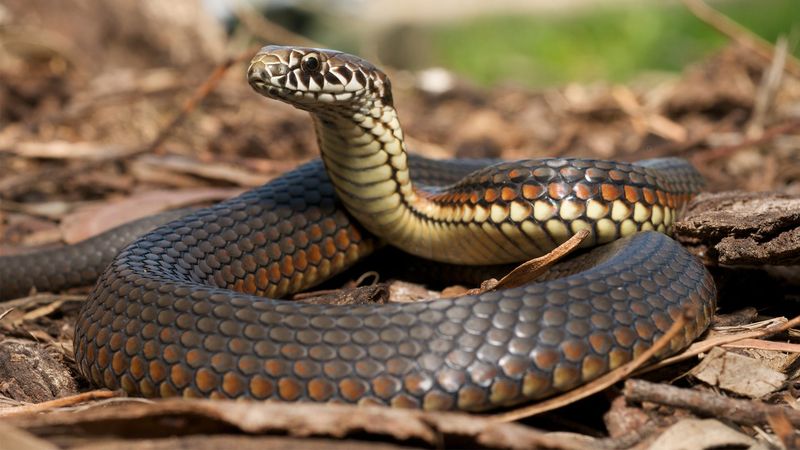
Venomous snakes often have robust, thick bodies, contrasting non-venomous ones. This heftiness is due to their venom glands and muscular build. As you observe the snake, take note of its length and girth. This feature, combined with others, can help you make an informed judgment about its potential risk.
6. Step 6: Check For Heat-Sensing Pits
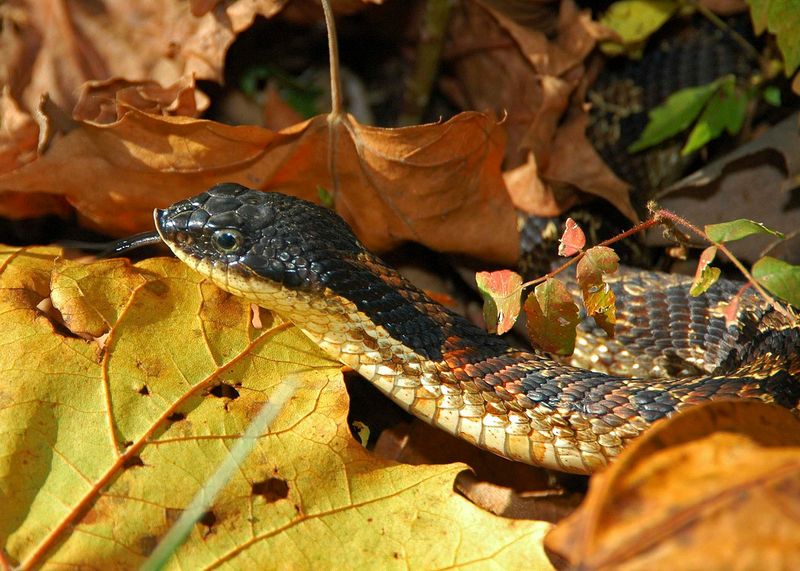
Feel the heat—literally. Some venomous snakes, like pit vipers, have heat-sensing pits between their eyes and nostrils.
These pits detect prey’s thermal signatures, a unique hunting advantage. Spotting these tiny pits can be challenging, but they are crucial markers. Use this detail to further assess the snake’s danger level.
7. Step 7: Recognize Defensive Behavior
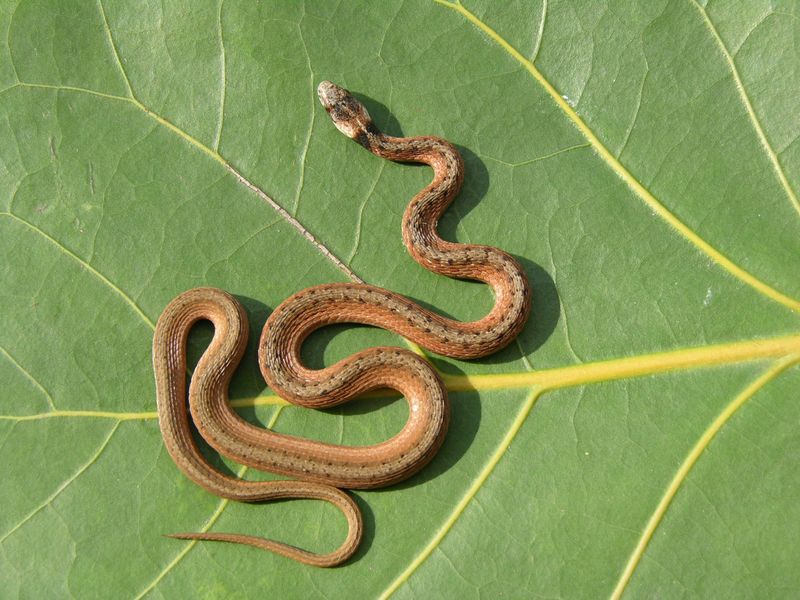
When a snake feels threatened, its behavior often speaks volumes. Venomous ones may coil, hiss, or display their fangs as a last warning.
These defensive actions are not just for show—they signal readiness to strike. Observe these behaviors from a safe distance, as they provide important clues about the snake’s temperament.
8. Step 8: Examine The Tail Shape
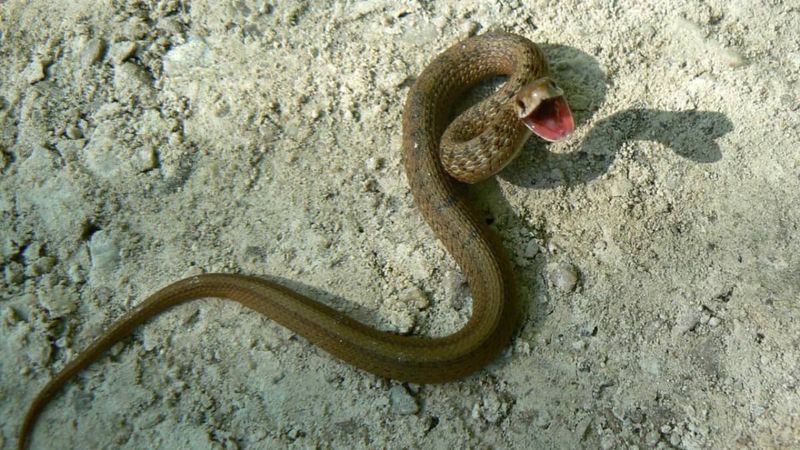
Tails tell tales of their own. Some venomous snakes have distinctively blunt or sharply pointed tails. This subtle feature can assist in identification, albeit requiring a keen eye. Notice the tail’s shape and compare it with other features already observed. It’s another piece in the intricate puzzle of snake identification.
9. Step 9: Identify Geographic Location
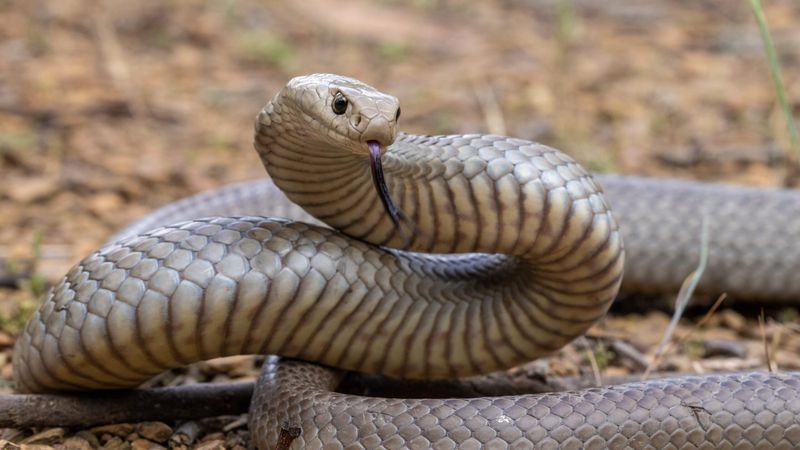
Where you are matters. Certain venomous snakes inhabit specific regions, making geographic location a vital clue. Familiarize yourself with local snake species and their habitats.
This knowledge, paired with physical features, sharpens your identification skills. Knowing the terrain could be the difference between curiosity and caution.
10. Step 10: Listen For Hissing Sounds
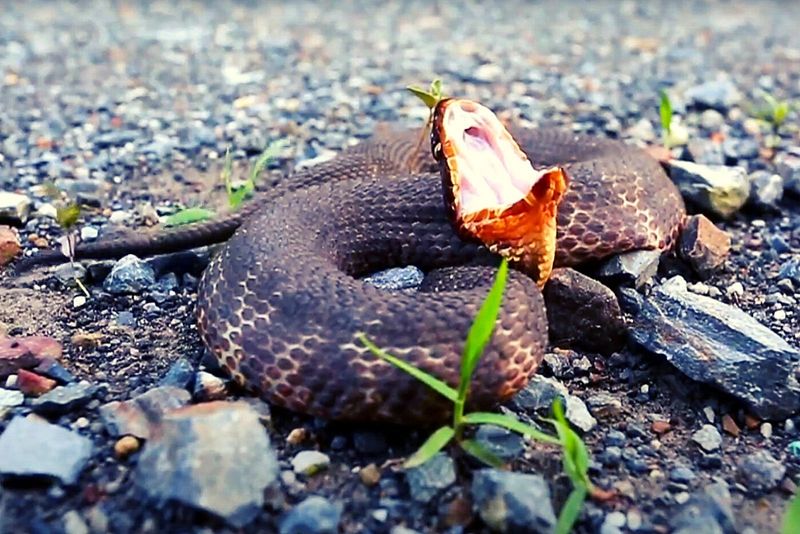
Hiss-tory repeats itself. Many venomous snakes use hissing as a warning mechanism. The sound, a sinister whisper of sorts, is meant to deter threats. If you hear hissing, consider it a cue to reassess your proximity to the snake. It’s another auditory clue in your toolkit, helping you determine its danger level.
11. Step 11: Look For Fangs
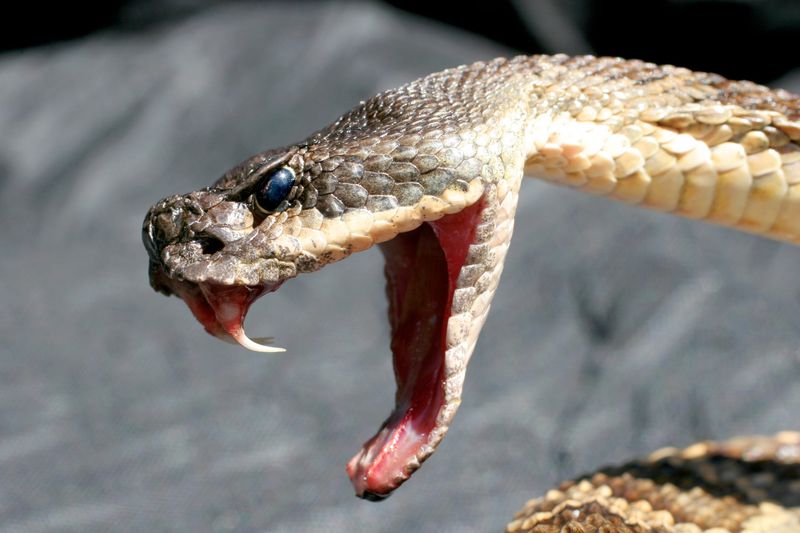
Fangs out, fear in. Venomous snakes possess prominent, retractable fangs, designed for delivering potent venom.
While getting close enough to see them can be risky, understanding their presence is crucial. These fangs are not just tools, but clear indicators of venomous potential. Respect their power from a safe vantage point.
12. Step 12: Assess The Snake’s Movement
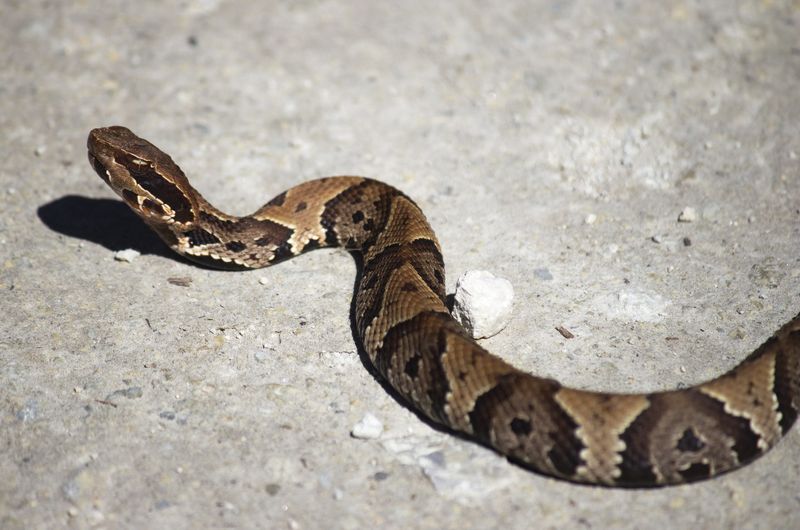
Watch how it moves. Venomous snakes often exhibit a specific type of movement that can be a clue. Their crawl is usually slow and deliberate, exuding confidence.
This motion is designed for ambushing prey. By observing how the snake navigates its environment, you can gather insights into its nature and potential threat.
13. Step 13: Cross-Reference With Expert Resources
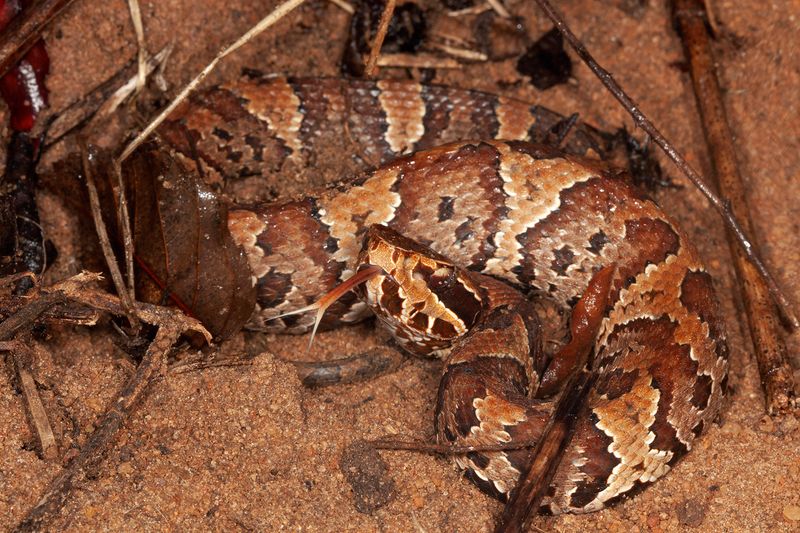
In doubt? Seek out experts and resources. Leverage technology, field guides, and local wildlife authorities for assistance.
Cross-referencing physical features with trusted information can confirm your suspicions. Remember, while field observation is key, expert knowledge can solidify your findings. It’s the final step in confidently identifying whether a snake is venomous.






